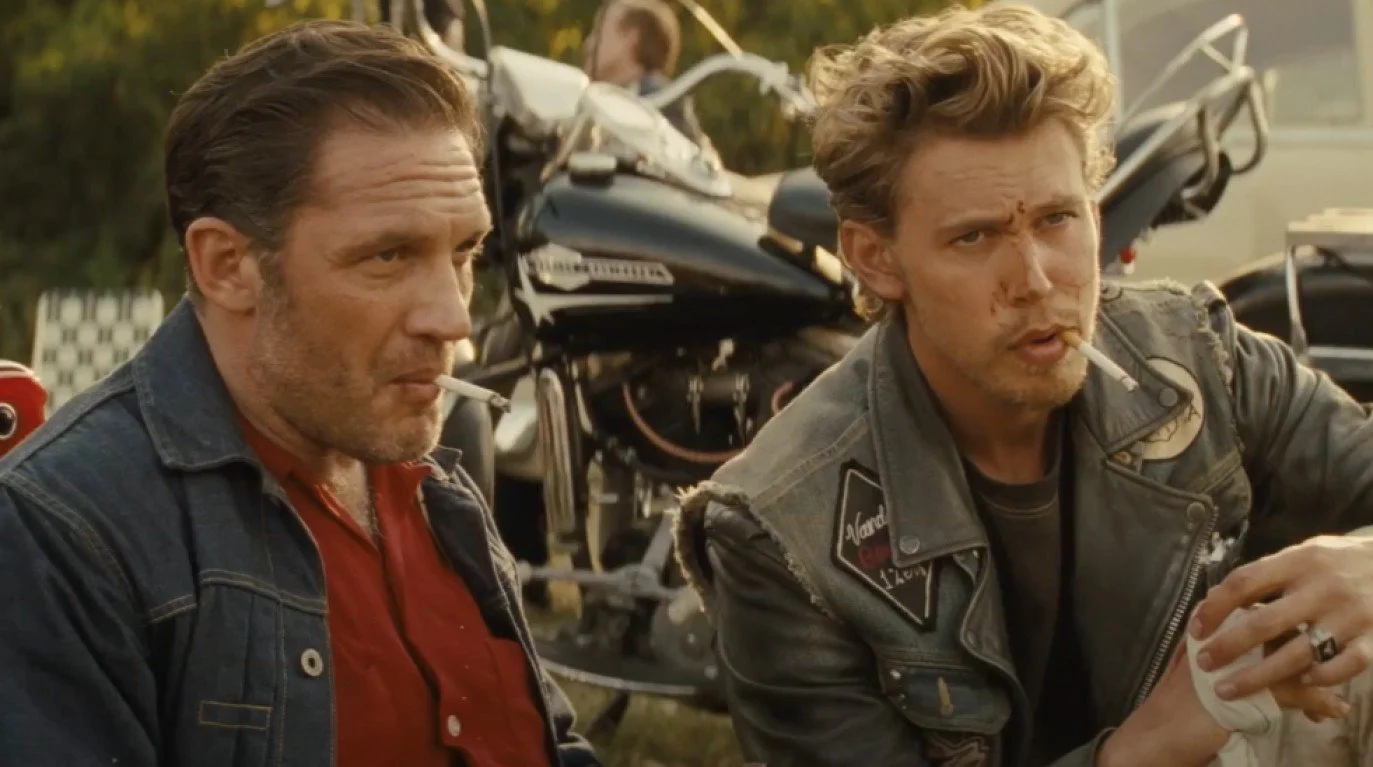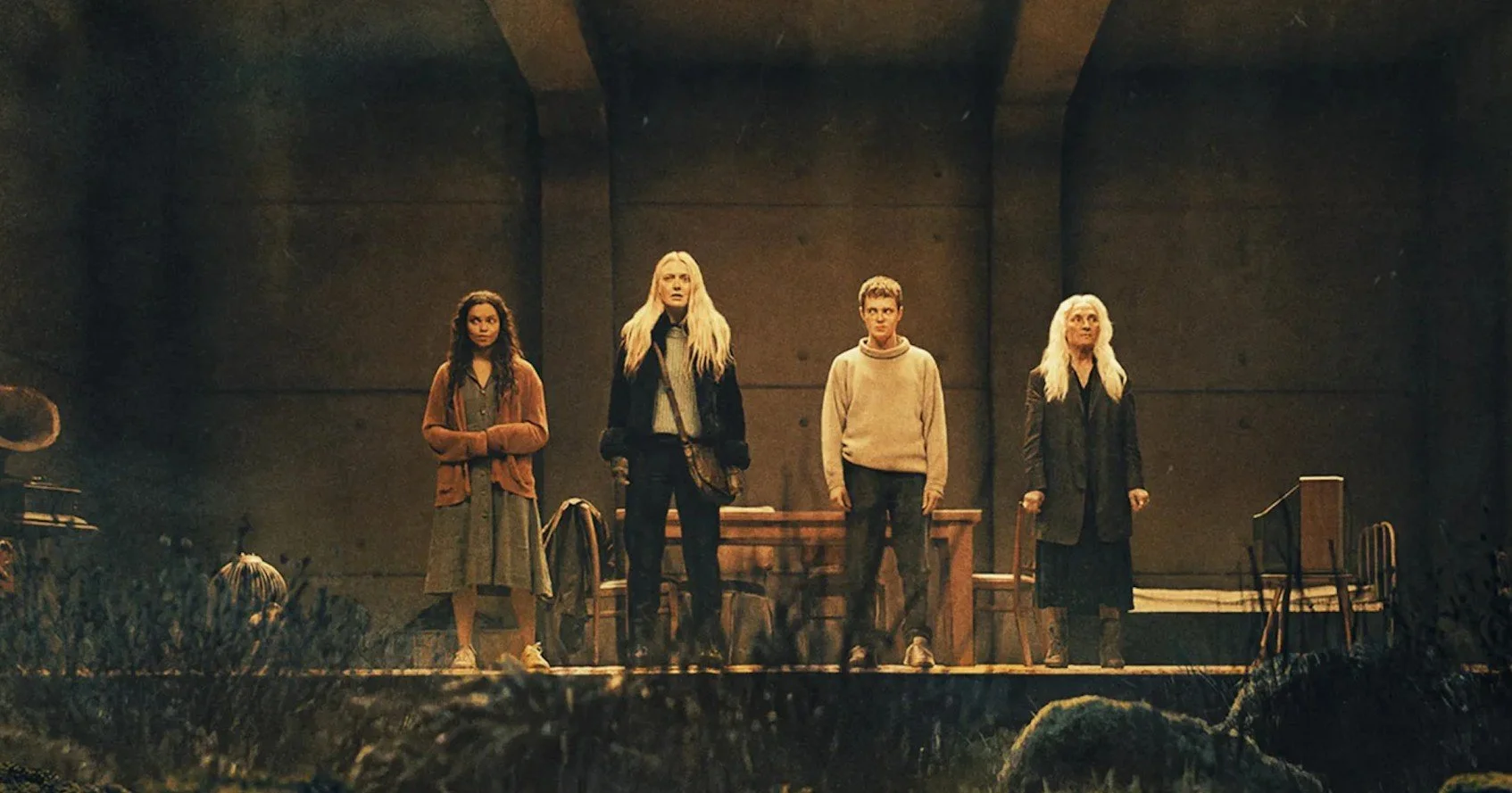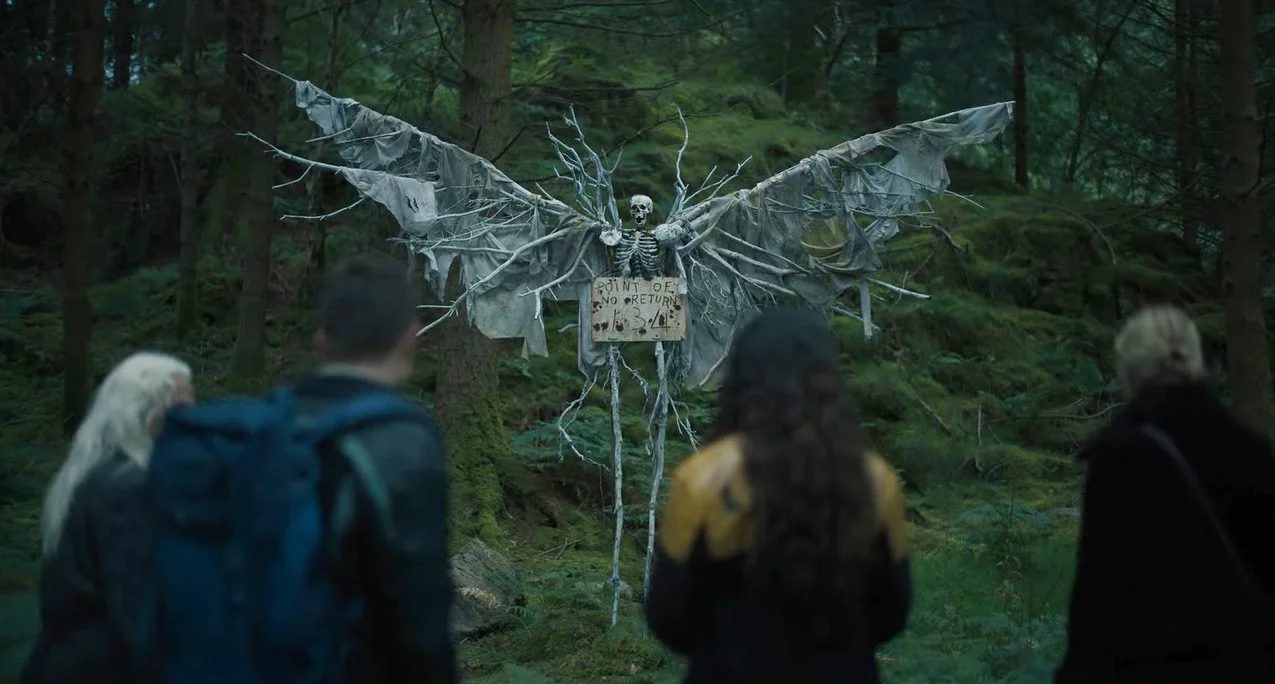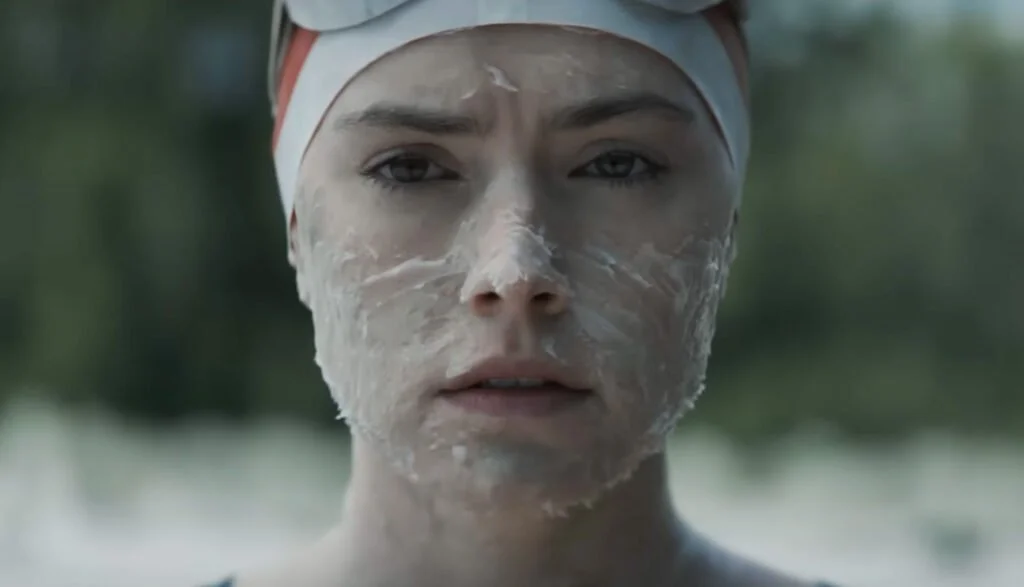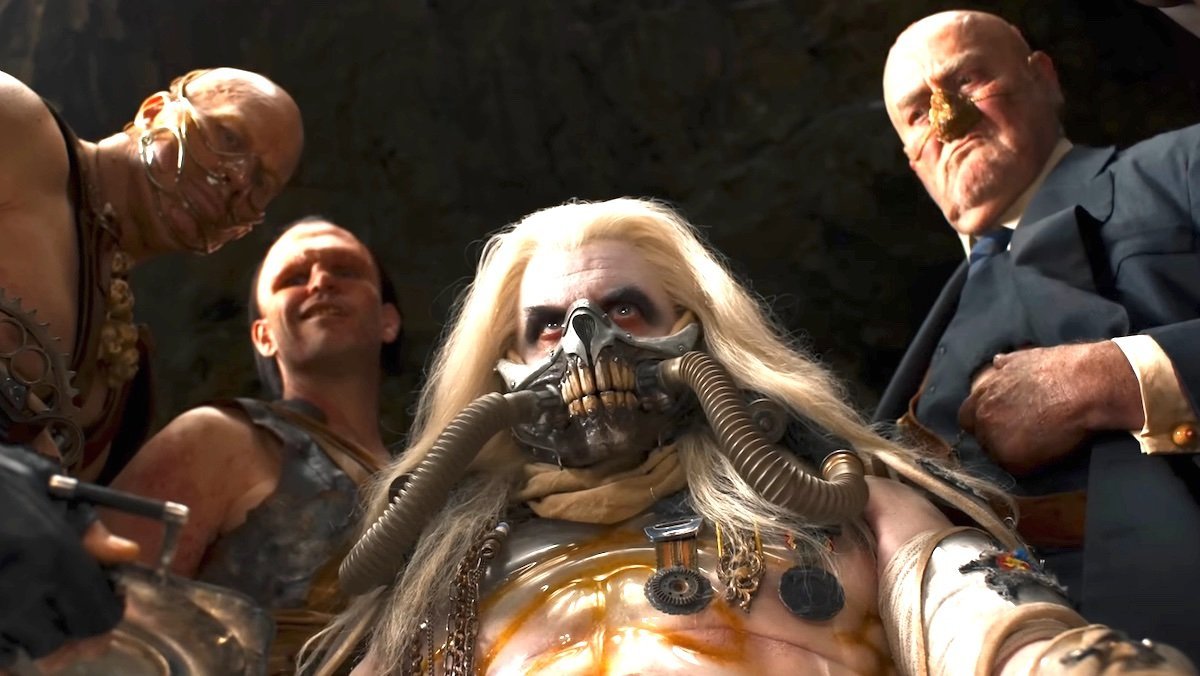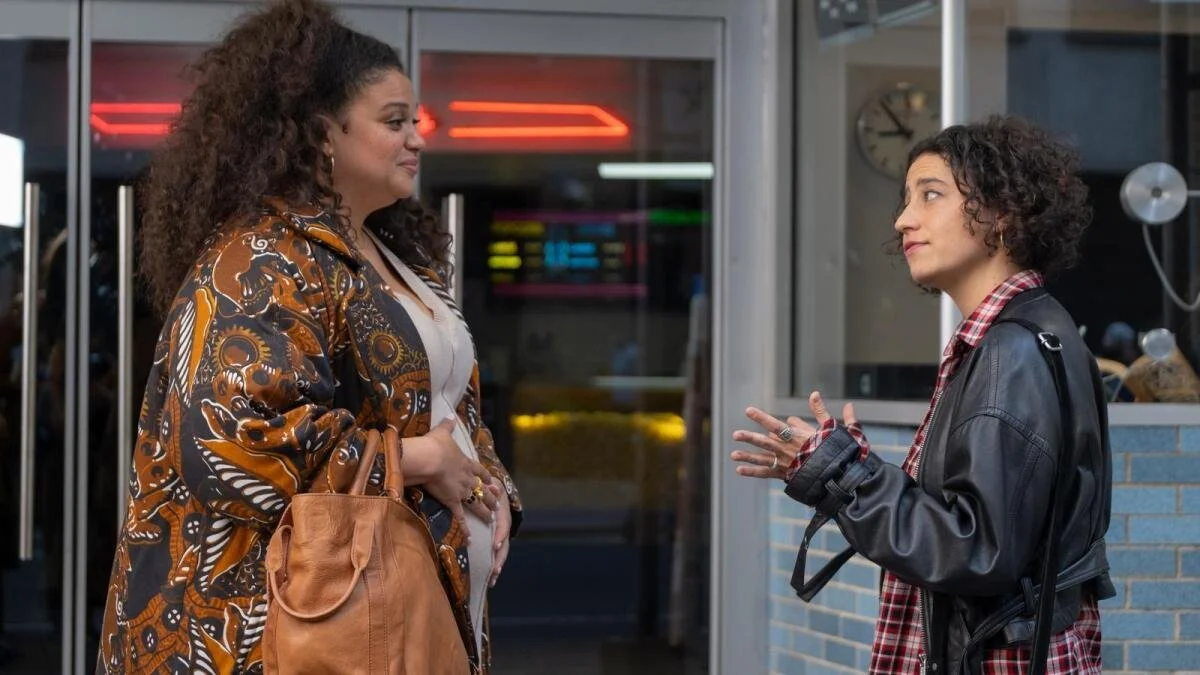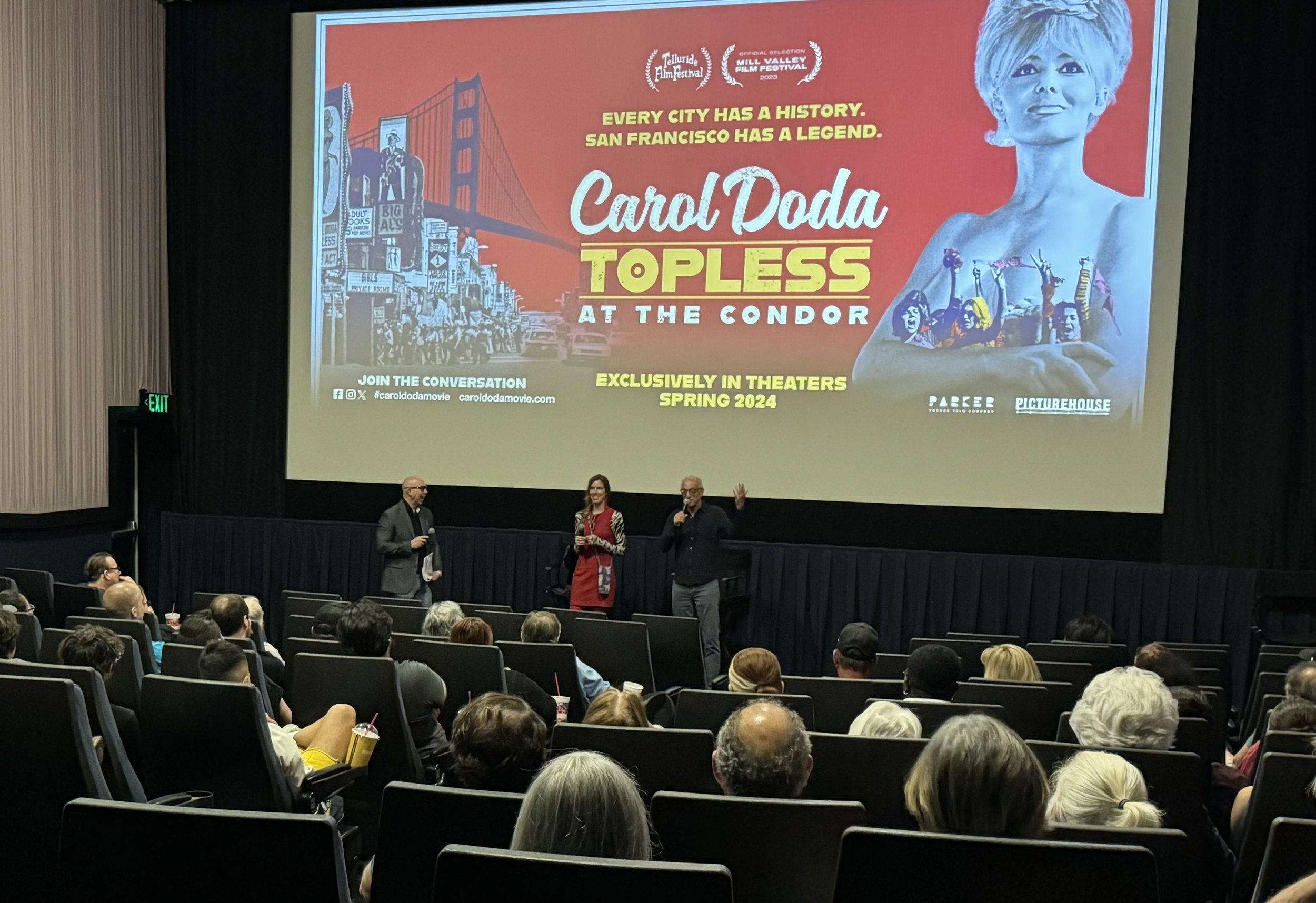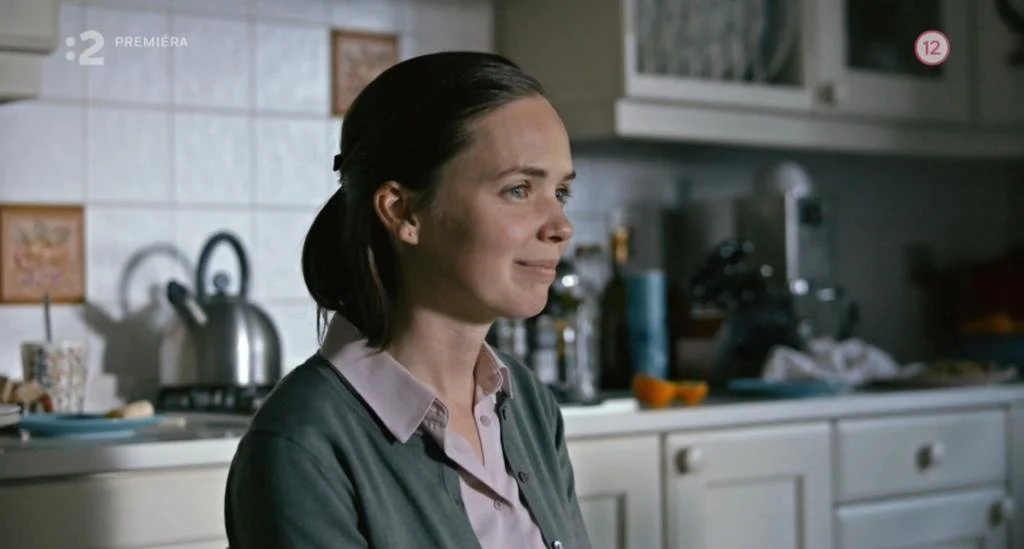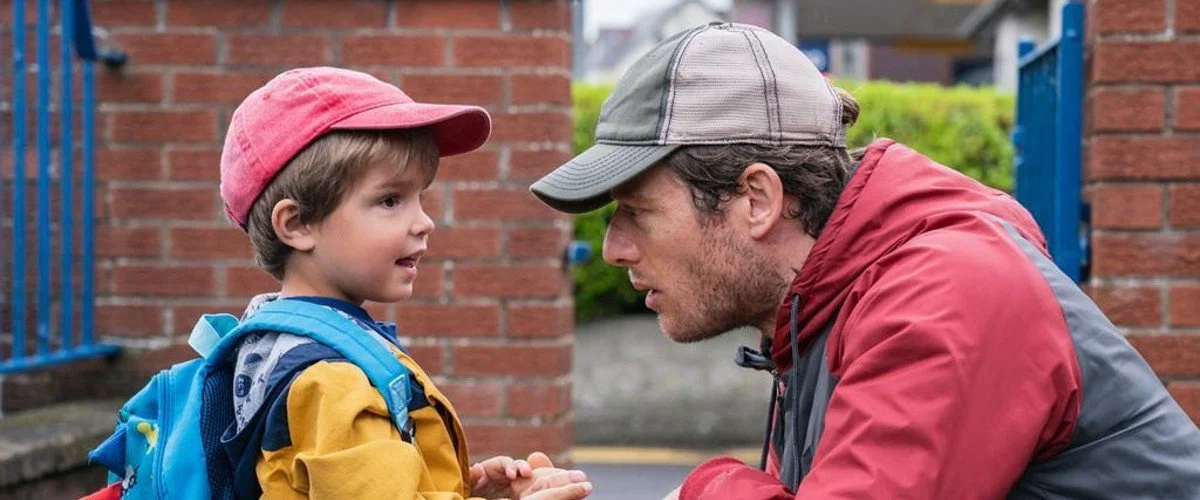Directed by: Lee Isaac Chung
Written by: Mark L. Smith
Starring: Daisy Edgar-Jones, Glen Powell, Anthony Ramos, David Corenswet, Sasha Lane, and Maura Tierney
Runtime: 122 minutes
‘Twisters’ spins in place compared to its 28-year-old predecessor
In 1996, “Twister”, a tornado-chasing action-adventure flick starring Bill Paxton and Helen Hunt, took movie audiences by storm and funneled a massive box-office take of just under half a billion dollars.
Director Jan de Bont’s 90s disaster thriller is filled with twisty terror but also whimsy as a ragtag collection of scientists and researchers regularly encircle, with daredevil abandon, nature’s whirlwinds. However, the will-they-or-won’t-they romantic tension between Bill (Paxton) and Jo (Hunt) is the emotional glue that holds this entertaining picture together.
Twenty-eight years later, a sequel, “Twisters”, blasts into theatres. Although the film – at times - attempts to capture the magic of the original, “Twisters”, directed by Lee Isaac Chung (“Minari” (2020)), takes a noticeably sharp tonal shift from whimsical and hazardous to melancholy and hazardous. In other words, this movie isn’t terribly fun. Furthermore, the 2024 weather phenomena may be more dangerous and more frequent, but the menacing conditions don’t offer enough scares, save a couple of places, including the opening few minutes where tragedy strikes.
No, “Twisters” isn’t a tragedy, but it feels like an ordinary event.
As mentioned, the movie opens with a traumatic happening in which a bright, plucky student, Kate Carter (Daisy Edgar-Jones), leads her team to chase an Oklahoma tempest, hoping to “tame the tornado.” Essentially, she and four others, including her boyfriend, Jeb (Daryl McCormack), try to dissipate the tornado with a chemical compound in the form of a powder. Kate’s hopes are rained out, and the disastrous incident haunts her for years, five to be exact.
We find Kate a shell of her previously confident and bubbly self, even though she has a great job in New York City. A friend and colleague, Javi (Anthony Ramos), pays her an east-coast visit and talks her into returning to the Sooner State to chase tornadoes again.
Well, storm chasing is now an Olympic sport! Several teams, with varying uniforms, are hopped up on triple macchiatos, a scene that seems plucked out of “Midnight Madness” (1980). Still, with all the supporting researchers and assistants roaming around, Sacha Lane’s Lily and David Corenswet’s Scott are the only halfway memorable ones.
Javi runs a corporate machine of SUVs and Type-A fellas, and Kate uses her hometown intuition to help his team find tornadoes so they can take 3D pictures.
Tyler Owens (Glen Powell), a YouTube sensation known as the Tornado Wrangler, leads a rival faction. He’s from Arkansas, dons a cowboy hat, and says, “If you feel it, chase it!”
Catchy!
Powell easily emits arrogant Hangman vibes from “Top Gun: Maverick” (2022), but Tyler shows a compassionate, sensitive side, mainly because he’s attracted to Kate and her tornado know-how.
They could make a lovely couple if the script allows it.
The human components of “Twisters” center around a potential romance between Tyler and Kate and also her struggles over the past. She essentially wallows in self-pity during the present. These two ideas intertwine, and Powell is especially good at balancing Tyler’s flashy, thrill-seeking tendencies with genuine empathy and care for Kate. Edgar-Jones’ performance is adequate for the story, but her character places her in a one-note bind. Kate’s frequent malaise runs in place over the same ground for most of the 122-minute runtime and grows tiresome. However, in the third act, she has a shot at redemption in a climactic confrontation.
If you buy into Kate’s internal churn and arc, this film could spin you into cinematic delights. If not, “Twisters” rains and reigns with boredom as Tyler, Javi, and Kate’s mom (Maura Tierney) incessantly offer encouraging words – in quiet, intimate spaces - to our lead. Chung and screenwriter Mark L. Smith are so focused on frequently raising Kate’s spirits through several one-on-one pick-me-up talks that this plotline sucks all oxygen out of the Oklahoma atmosphere.
We’re left with the “hope” for bigger and badder weather systems.
Unfortunately, the tornadoes – as villains without faces - are hit-and-miss. Sometimes, they evoke angst (like in the opening few minutes), and other times, they feel like boilerplate, CGI creations from a Hollywood laptop. Tyler’s souped-up truck, ironically, quells much of the danger because – at a press of a button – two corkscrew drills spring from his vehicle, drill into the ground, and secure his savage method of transportation and its passengers, even when he parks it within inches of a tornado.
Nice! But then, where’s the danger?
So, cinematographer Dan Mindel and the special effects team conjure a refinery explosion and a rodeo’s utter decimation. In another scene, innocent bystanders huddle in place in a specific brick-and-mortar building while 300 mph winds rip away the said bricks.
Well, tornado science has come a long way since 1996, so maybe the on-screen Oklahoma residents will be OK when facing these weather disasters.
That’s encouraging, but as a movie, “Twisters” spins in place compared to its 28-year-old predecessor.
Jeff’s ranking
2/4 stars





























